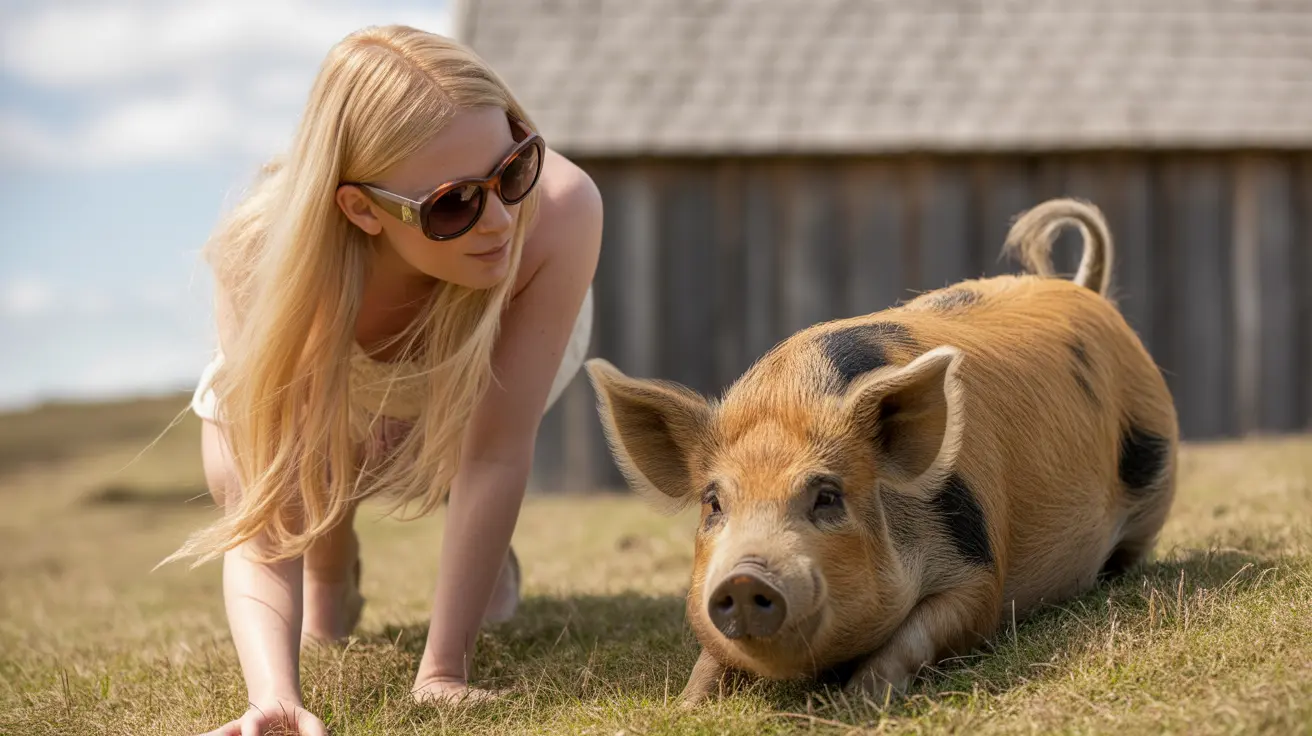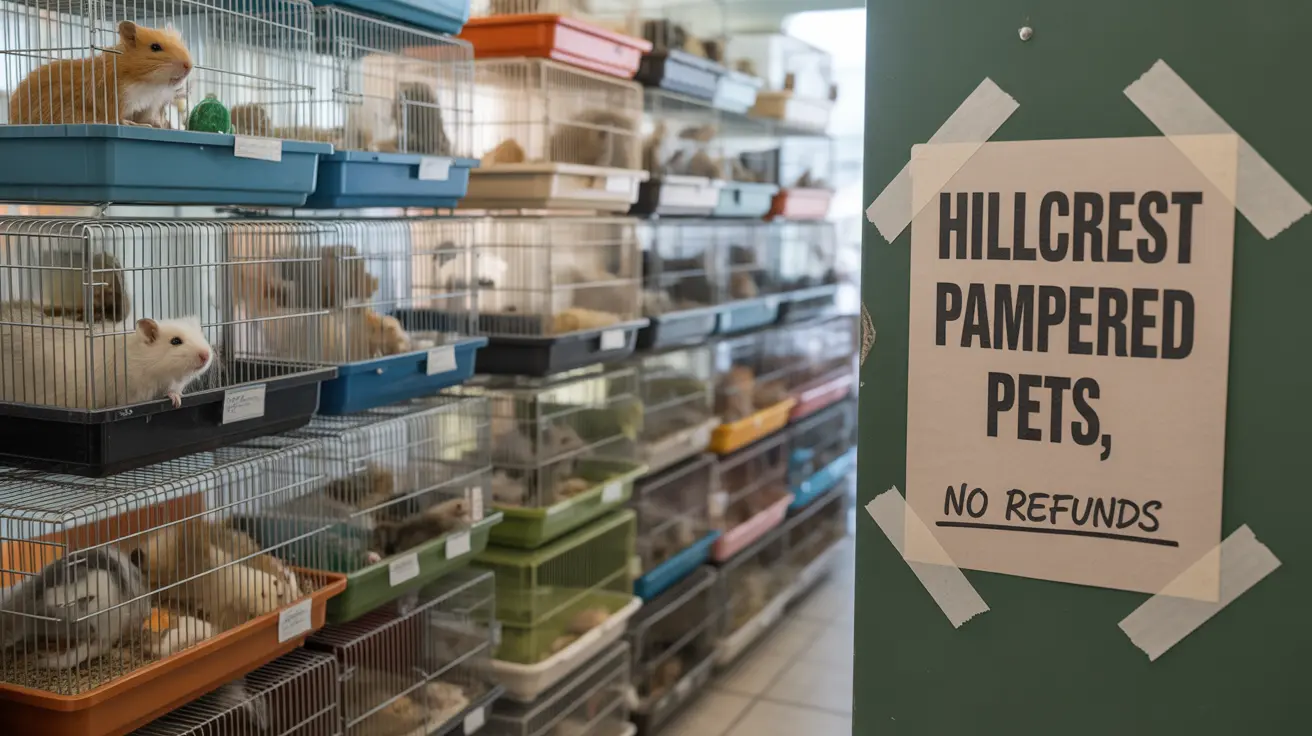How Much Pumpkin Can You Give Your Dog?
Pumpkin is widely recognized as a nutritious and beneficial food for dogs when served in moderation. Rich in essential vitamins, minerals, and fiber, pumpkin aids in digestion, supports immune health, and can even help with weight management. However, the amount to give your dog depends on their size, weight, and individual dietary needs.
Health Benefits of Pumpkin for Dogs
Here are the key health benefits of giving pumpkin to your dog:
- Digestive Support: High fiber content helps regulate bowel movements and can alleviate both constipation and diarrhea.
- Vitamins A, C, and E: Supports vision, immune system, anti-inflammation, and general wellness.
- Rich in Potassium: Essential for muscle function and blood pressure regulation.
- Antioxidants: Carotenoids and beta-carotene may combat inflammation and slow aging.
- Hydration Assistance: Moisture in pumpkin supports hydration, especially beneficial if your dog eats dry food.
- Weight Management: Low in calories, high in fiber—helps dogs feel full longer.
- Skin and Coat Health: Nutrients contribute to healthy skin and a glossy coat.
- Pumpkin Seeds: Contain zinc, magnesium, copper, omega fatty acids, and cucurbitin—a natural compound that helps fight intestinal parasites.
Appropriate Pumpkin Serving Sizes by Dog Size
Introduce pumpkin slowly and adjust based on your dog’s reaction. Below are general daily guidelines:
- Extra-small dogs (2–10 lbs): 2 teaspoons
- Small dogs (11–20 lbs): 3 teaspoons
- Medium dogs (21–50 lbs): 2 tablespoons
- Large dogs (51–90 lbs): 3 tablespoons
- Extra-large dogs (91+ lbs): 4 tablespoons
Feeding Pumpkin Seeds
When feeding pumpkin seeds to your pet:
- Roast, peel, and grind seeds to avoid choking and improve digestibility.
- Feed 1 ground seed per 10 lbs of your dog’s body weight daily.
- Consult your vet before adding seeds regularly, especially for dogs with health conditions.
Forms of Pumpkin Safe for Dogs
- Plain cooked pumpkin (baked, boiled, or steamed)
- 100% pure canned or pureed pumpkin without additives
- Pumpkin seeds, roasted, shelled, and ground
Forms of Pumpkin to Avoid
- Pumpkin pie filling: Contains sugar, spices, and possibly artificial sweeteners like xylitol
- Raw skins, stems, leaves, or pulp: Difficult to digest
- Carved or spoiled pumpkins: May harbor bacteria and mold
- Raw seeds: Can spoil or pass undigested
- Human pumpkin desserts: Often include ingredients harmful to dogs
Preparation Tips
- Serve plain and cool pumpkin, never with spices, sugar, or oil.
- Use as a food topper, spoon treat, or ingredient in homemade dog snacks.
- Cook fresh pumpkin until soft, remove skin and seeds before serving.
Usage Scenarios
- Mixed with kibble or wet food for taste and health
- Used in homemade or frozen dog treats
- As a bland diet if your dog has digestive upset
- Veterinary-approved uses for weight control or digestive issues
Risks and Considerations
Even though pumpkin is healthy, too much can cause side effects such as:
- Diarrhea or nutrient imbalance from excessive vitamin A
- Digestive upset if overfed or served improperly
- Allergic reaction or individual intolerance
Always introduce it gradually and consult your veterinarian before making any lasting dietary changes—especially if your dog is on a prescription diet or has health concerns.
Conclusion
Pumpkin can be a nutritious, hydrating, and extremely helpful food for most dogs when fed properly. It supports digestion, hydration, immune health, and weight regulation. Simple, plain pumpkin works best—free of salt, sugar, spices, and preservatives. Follow the recommended amounts per body weight, and always monitor your pet for any signs of adverse reactions.





